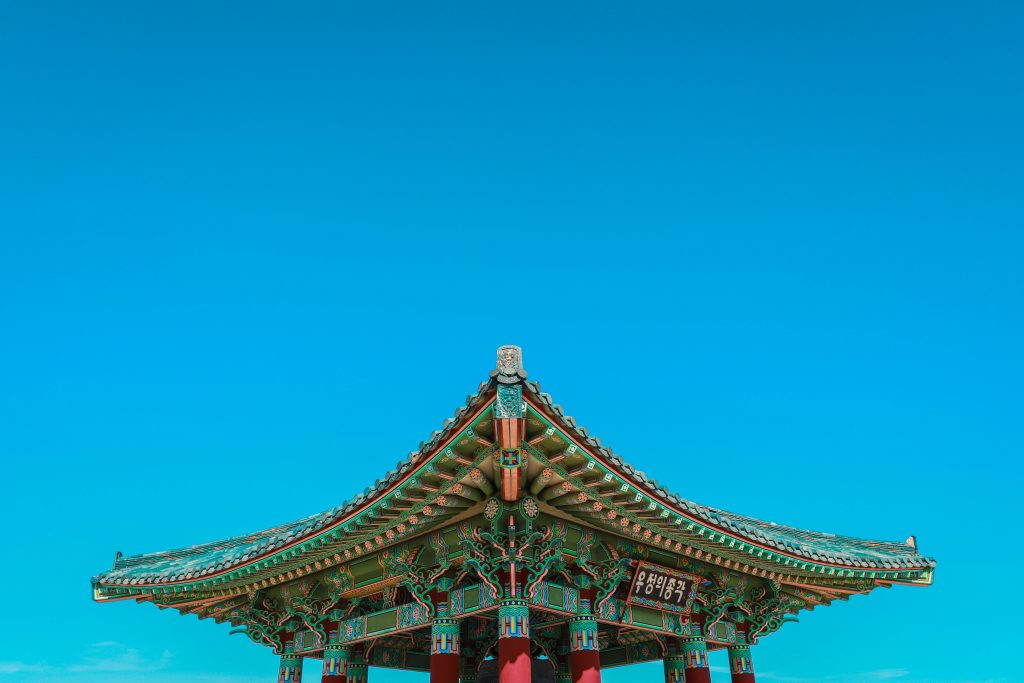
K-dramas, short for Korean dramas, have rapidly become a global sensation, captivating audiences with their unique blend of emotional depth, intricate storytelling, and cultural richness. This article explores the origins, key characteristics, international appeal, and future prospects of K-dramas, delving into why they have struck a chord with viewers worldwide.
The Origins and Evolution of K-Dramas
Early Beginnings
The history of K-dramas dates back to the early 1960s, with South Korea’s first television drama, “The Gongsujeon” (1962). During this era, television was a new medium, and dramas were primarily short, simplistic stories. However, these early works laid the foundation for the rich storytelling tradition that would evolve over the decades.
The Golden Age of the 1990s
The 1990s marked a significant turning point for K-dramas, often referred to as their golden age. This period saw the production of several groundbreaking series that pushed the boundaries of traditional television narratives. Dramas such as “Sandglass” (1995) and “Star in My Heart” (1997) gained immense popularity, both domestically and internationally, setting the stage for the future global success of K-dramas.
The Hallyu Wave
The early 2000s witnessed the emergence of the Hallyu Wave, or Korean Wave, which refers to the increasing global popularity of South Korean culture, including music, movies, and television dramas. K-dramas like “Winter Sonata” (2002) and “Full House” (2004) became international hits, particularly in Asia, and contributed significantly to the spread of Korean culture worldwide.
Key Characteristics of K-Dramas
Emotional Depth and Relatability
One of the defining features of K-dramas is their emotional depth. These shows often explore complex themes such as love, family, friendship, and personal growth. The characters are usually well-developed, and their emotional journeys resonate deeply with viewers, making the stories highly relatable.
Strong Storytelling and Plot Twists
K-dramas are known for their intricate storytelling and unexpected plot twists. The writers skillfully weave together multiple storylines, creating a sense of suspense and anticipation that keeps audiences hooked. Whether it’s a romance, thriller, or historical drama, the narrative complexity is a hallmark of the genre.
High Production Values
The production quality of K-dramas has significantly improved over the years. Modern K-dramas boast high production values, with meticulous attention to detail in terms of cinematography, set design, and costume. This commitment to quality enhances the overall viewing experience, making the stories more immersive and visually appealing.
Cultural and Societal Reflections
K-dramas often reflect South Korean culture and societal issues, offering viewers a glimpse into Korean life and traditions. Themes such as filial piety, social hierarchy, and the importance of education are frequently explored. This cultural authenticity adds depth to the narratives and provides international audiences with a richer understanding of Korean society.
The Global Appeal of K-Dramas
International Accessibility
The accessibility of K-dramas has played a crucial role in their global popularity. With the advent of streaming platforms like Netflix, Viki, and Kocowa, international viewers can easily access a vast library of K-dramas with subtitles in multiple languages. This has opened up the genre to a wider audience, transcending language barriers.
Diverse Genres and Storylines
K-dramas cater to a wide range of tastes, offering diverse genres such as romance, thriller, fantasy, historical, and comedy. This genre diversity ensures that there is something for everyone, attracting a broad spectrum of viewers. For instance, “Kingdom” (2019) blends historical drama with zombie horror, while “Crash Landing on You” (2019) combines romance with political intrigue.
Strong Fan Communities
The global K-drama fandom is a vibrant and passionate community. Fans actively engage in discussions, create fan art, write reviews, and participate in online forums. Social media platforms like Twitter, Instagram, and TikTok have facilitated the growth of these communities, allowing fans to connect and share their love for K-dramas across borders.
Iconic K-Dramas and Their Impact
“Winter Sonata” (2002)
“Winter Sonata” is often credited with being a catalyst for the Hallyu Wave. The melodrama’s poignant love story and picturesque winter settings captivated audiences, particularly in Japan, where it sparked a K-drama craze. The show’s success opened the door for other Korean cultural exports, solidifying K-dramas’ place on the global stage.
“Boys Over Flowers” (2009)
“Boys Over Flowers” is another landmark K-drama that gained immense popularity both domestically and internationally. Adapted from the Japanese manga “Hana Yori Dango,” the series follows the story of an ordinary girl who finds herself entangled with a group of wealthy and influential boys at an elite school. The show’s blend of romance, drama, and humor made it a hit across Asia and beyond.
“Goblin” (2016)
“Goblin,” also known as “Guardian: The Lonely and Great God,” is a fantasy romance that became a cultural phenomenon. Its unique storyline, high production values, and stellar performances by the cast, including Gong Yoo and Kim Go-eun, contributed to its widespread acclaim. The show’s success further cemented the global appeal of K-dramas and demonstrated the genre’s potential for creative storytelling.
The Future of K-Dramas
Continued Innovation and Experimentation
The future of K-dramas looks promising, with continued innovation and experimentation in storytelling and production techniques. Writers and producers are increasingly exploring unconventional themes and narratives, pushing the boundaries of traditional K-drama tropes. This willingness to innovate ensures that the genre remains fresh and engaging for audiences.
Expanding International Collaborations
As the global demand for K-dramas grows, there is an increasing trend towards international collaborations. South Korean production companies are partnering with global streaming platforms and foreign production houses to create content that appeals to a wider audience. This trend not only boosts the international visibility of K-dramas but also fosters cultural exchange and collaboration.
Representation and Inclusivity
The K-drama industry is also making strides towards greater representation and inclusivity. There is a growing awareness of the need to portray diverse characters and stories that reflect the experiences of marginalized communities. By embracing diversity, K-dramas can continue to resonate with a global audience and contribute to a more inclusive media landscape.
Conclusion
K-dramas have transcended geographical and cultural boundaries to become a global phenomenon. Their emotional depth, intricate storytelling, high production values, and cultural authenticity have captivated audiences worldwide. As the genre continues to evolve and innovate, its future looks bright, promising to deliver more captivating stories that resonate with viewers across the globe. Whether you’re a seasoned K-drama fan or a newcomer to the genre, there’s no denying the magic and allure of Korean dramas.
